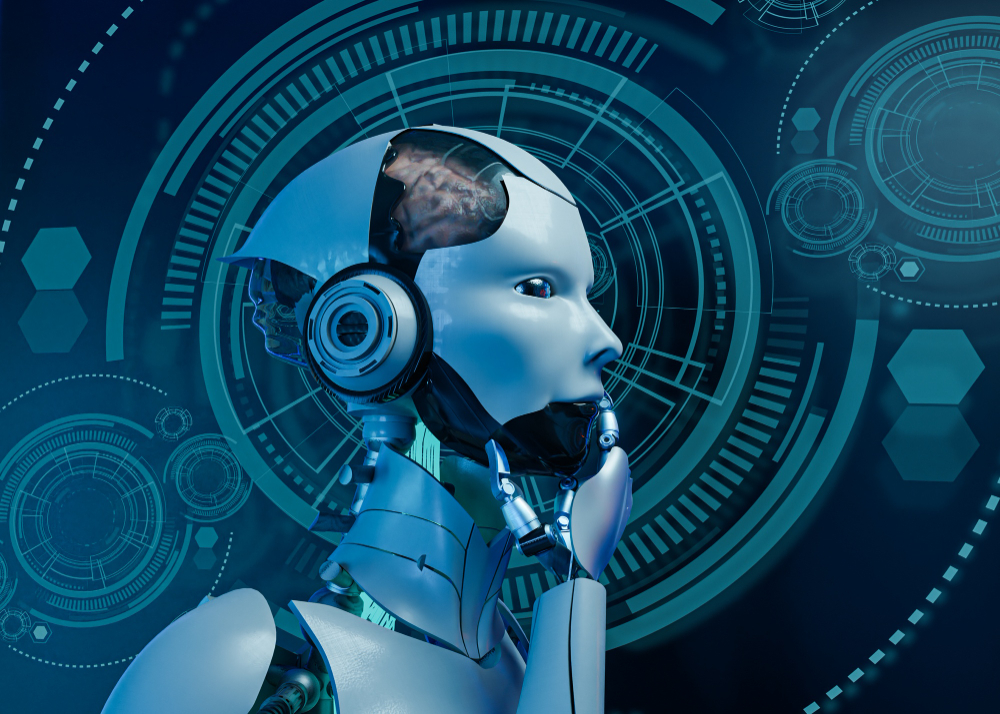Inside the Engine: How Large Language Models Are Built

Strong 8k brings an ultra-HD IPTV experience to your living room and your pocket.
Large Language Models (LLMs) have become the cornerstone of modern artificial intelligence. They write code, summarize articles, answer complex questions, and even engage in nuanced conversation. But behind the fluid dialogue and natural-sounding output lies a staggering amount of engineering, science, and compute.
So what does it really take to build one of these models? In this article, we’ll pop the hood and look inside the engine—covering how LLMs are structured, trained, and deployed at scale.
1. What Is a Large Language Model?
At its core, a Large Language Model is a type of neural network trained to understand and generate human-like text. These models are called “large” not only because of the massive datasets they’re trained on, but also because of their billions (or trillions) of parameters—the individual weights that determine how they function.
Popular examples include:
GPT-4 by OpenAI
Claude by Anthropic
Gemini by Google DeepMind
LLaMA by Meta
Mistral & Mixtral by Mistral AI
These models don’t understand language in the way humans do—but they are extremely good at modeling the statistical patterns and structure of language, allowing them to perform an astonishing range of tasks.
2 .The Building Blocks: Tokens and Transformers
Tokenization
Before a model can learn from text, that text needs to be tokenized—broken down into smaller units called tokens (which can be words, subwords, or even characters). For example:
vbnet
Copy
Edit
Input: “Artificial intelligence is transforming business.”
Tokens: ["Artificial", " intelligence", " is", " transforming", " business", "."]
These tokens are then converted into vectors (numbers), which are used as inputs for the model.
Transformer Architecture
The Transformer is the foundational architecture used by nearly all LLMs today. Introduced in 2017 by Vaswani et al., the transformer made two big changes:
Self-Attention: The ability for a model to weigh the importance of every word in a sentence relative to others.
Parallelization: Training could now scale efficiently across GPUs.
Transformers allow models to process sequences of words holistically, understanding long-range relationships—critical for reasoning, summarizing, and conversation.
3. Training: Teaching the Model Language
Training an LLM is like giving it a massive lifelong reading assignment—only compressed into a few weeks on a supercomputer.
Pretraining
In the pretraining phase, the model is exposed to massive datasets—terabytes of web pages, books, articles, code, and more. Its only job is to predict the next token in a sequence.
For example, if the model sees:
“Artificial intelligence is transforming”
It learns to predict: “business”
This self-supervised learning allows the model to gradually learn:
Syntax and grammar
Factual knowledge
World events
Logical structures
Idiomatic phrases
Compute Requirements
Training these models is resource-intensive, often requiring:
Tens of thousands of GPUs
Weeks of continuous compute time
Specialized optimization techniques like gradient checkpointing and mixed precision
Infrastructure partners like NVIDIA, Google Cloud, Azure, and AWS provide the muscle for this phase.
4. Fine-Tuning and Alignment: Teaching the Model to Be Useful
Pretraining makes the model fluent—but not necessarily helpful, safe, or aligned with user intent. That’s where fine-tuning comes in.
Instruction Tuning
The model is exposed to examples where inputs and desired outputs are labeled. For example:
Input: “Summarize this article”
Output: “Here’s a 3-sentence summary…”
Instruction tuning helps the model understand how to respond in practical use cases.
Reinforcement Learning with Human Feedback (RLHF)
In this step, human evaluators score different outputs. The model then learns to prefer responses that are:
Helpful
Honest
Harmless
This creates more reliable models that reflect human values and expectations.
5. Data: The Fuel of Intelligence
LLMs rely on a diverse, high-quality dataset during both pretraining and fine-tuning.
Sources of Data:
Public web data (Common Crawl, Wikipedia)
Books and research papers
Programming code repositories
Conversations (anonymized)
Multimodal data (images, audio, etc.)
Cleaning and Filtering
Before training, this data goes through extensive preprocessing:
Deduplication
Token balancing
Bias detection and mitigation
Removal of low-quality or harmful content
Good data hygiene leads to better, safer models.
6. Deployment: Serving the Model at Scale
Once trained, LLMs must be deployed in a way that’s responsive, scalable, and secure.
APIs and Interfaces
Most LLMs are accessed via APIs that allow developers to:
Send a prompt (e.g., a question or command)
Receive a response (generated text)
This enables integration into apps, websites, enterprise software, and mobile tools.
Optimizing for Speed and Cost
To serve millions of users efficiently, developers:
Use model distillation (smaller versions of models)
Cache common queries
Deploy inference-optimized chips (e.g., GPUs, TPUs, AWS Inferentia)
7.Challenges in LLM Engineering
Building and maintaining LLMs presents several open challenges:
Hallucination
LLMs may generate text that sounds plausible but is factually incorrect. Solutions include:
Retrieval-Augmented Generation (RAG)
Fact-checking layers
Human-in-the-loop review
Bias and Fairness
Because models are trained on real-world data, they can inherit harmful biases. Mitigation strategies include:
Bias audits
Diverse training sets
Ethical review boards
Context Limitation
Most LLMs have limits on how much text they can process at once. Newer models are pushing context windows into the million-token range, enabling longer memory and continuity.
8. What’s Next: Smarter, Faster, More Aligned
The frontier of LLM development is evolving rapidly:
Memory & Long-Term Context
New architectures allow models to remember past interactions, making them more consistent and personalized.
Tool Use & Agents
Models can now call external tools (e.g., web search, code execution, database queries), turning them into AI agents that act autonomously.
Multimodality
Models like GPT-4o and Gemini are multimodal, meaning they understand text, images, audio, and even video.
Smaller, Open Models
There's also a movement toward smaller, more efficient, open-source models that can run on local hardware—democratizing access to LLMs.
Conclusion: The Engine of the AI Era
Behind the seamless outputs of an LLM is a vast and intricate system—one that spans machine learning, linguistics, data engineering, cloud infrastructure, and human feedback.
Understanding how these systems are built gives us a deeper appreciation for what they are—and how they’re shaping the future of work, creativity, and communication.
As we continue to refine and deploy these engines of intelligence, one thing becomes clear:
Language isn’t just a feature of AI. It’s the foundation.
Note: IndiBlogHub features both user-submitted and editorial content. We do not verify third-party contributions. Read our Disclaimer and Privacy Policyfor details.







